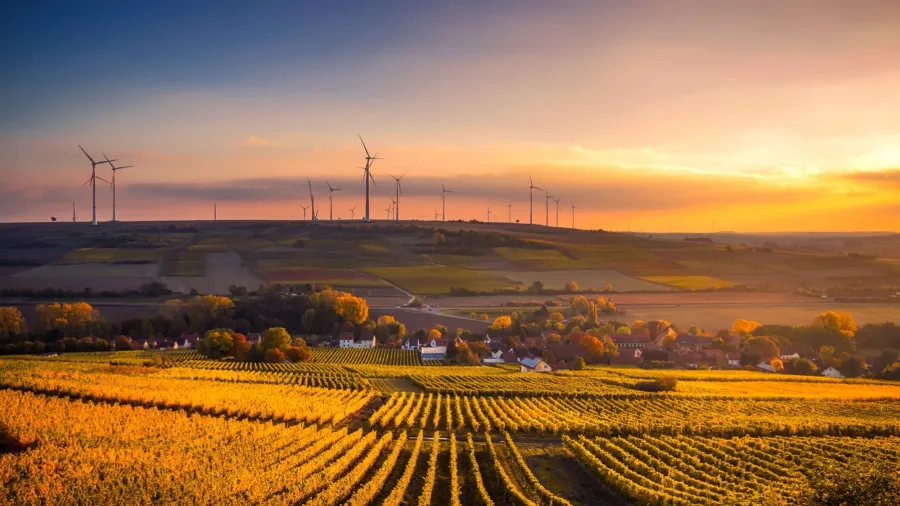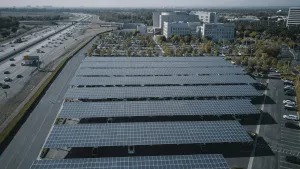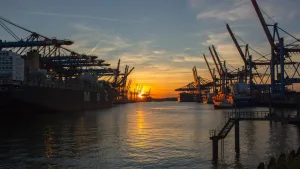
Here’s how governments can accelerate green transition
They should create detailed plans and incentivise the market, according to EY.
Governments are faced with the mounting challenge of the need to address environmental degradation and climate change as resolving these is the only way for them to grow sustainably, according to a report by Ernst & Young (EY).
To support the transition of their energy and industrial systems, governments can choose among the range of policy interventions and financing measures which include adopting green taxes, subsidies and tax rebates.
EY noted that there is also direct public investment in nature-based solutions and agriculture to create a sustainable food system whilst protecting the ecosystem. Governments also could have inserted these policies supporting the transition in their massive COVID-19 stimulus packages.
Aside from these, a “multi-sector effort” is needed to close the climate funding gap, wherein the private sector will play a crucial role but they need to be better incentivised, it said.
Citing data from Citi GPS, EY said the annual climate finance spend from 2007 to 2018 was only at $579b, far from the $122t investment needed to meet climate goals.
“Public funding alone will not be enough, so governments must encourage investment from multilateral organizations, financial institutions and the corporate sector. The good news is that ESG has risen up the corporate agenda, with institutional investors increasing their interest in areas such as renewables and e-mobility,” the report read, adding that there is abundant capital and a strong pipeline of green projects awaiting investment.
To address these challenges, EY identified six steps governments should prioritise to speed up their green transition:
1. Provide detailed action plans with clear accountability
EY said having “detailed, sector-specified “ roadmaps, that are crafted in collaboration with industry can help bridge the gap between long-term pledges and short-term action plans with their measurable targets.
The local and regional governments should also be engaged in policy design at the start and should have the powers and resources to carry out their sustainability drives, as they play a crucial role in the implementation.
“Governments will need to monitor the implementation of their action plans. This requires a baseline and clear, consistent measures to monitor status and report on progress — internally and externally. The measures must reflect the contribution of public, private and third sector entities to maximize accountability for results,” EY said.
2. Be bolder in incentivizing the market and mandating change
Having policies in place such as policies and penalties would drive businesses to design or shift their investments and activities in line with climate goals, EY said, noting that some governments are phasing out subsidies for fossil fuels industries, whilst others are imposing carbon taxes and emissions trading.
EY also said that governments and regulators need to obligate an effective carbon accounting for businesses “to capture direct and indirect emissions across supply chains” and mandatory reporting standards to track environmental impact.
“Only through a strong political will can governments overcome oppositions and build cross-sector support,” it said.
3. Boost innovation through increased funding
According to EY, conducting a “mission-driven approach” to public sector research and innovation would enable governments to target their funding more efficiently. By crafting an appropriate policy framework and enabling environment that could lower risks, the government can encourage more involvement by the private sector in research and development.
Having clearer commitments on infrastructure spending could also propel funding opportunities and provide long-term stability for investors and insurers. They should have conditions set for private businesses to raise long-term funds in areas where financial organisations are hesitant to fully invest.
EY added that implementation of climate taxonomies and other classifications will help investments align with climate goals.
4. Improve the design and delivery of green initiatives
Leveraging a “whole systems approach” that is based on cross-government and cross-sector coordination is important as it can help governments understand better the factors that could affect the outcome of their progrmammes.
However, they face a key challenge of lack of better data and insights to craft a coherent overview of the whole system. These could now be addressed by advanced systems that will help them share information that will enable seamless interactions and uniform decision-making, allowing them to co-create and monitor policies.
Governments should also expect a rise in demand for net skills set and know-how to deliver green initiatives which could be approached by targeted funds and a national green skills plan.
5. Act as a role model for other parts of the economy
EY said governments should also compel departments to emphasise more the identification and mitigation of impacts of their activities on the environment. Public entities should monitor and publish data on carbon emissions, and decarbonise buildings and vehicle fleets.
They should also set green criteria for contracts for better carbon footprint, and governments should set the pace for sustainability reporting, amongst others.
6. Promote a whole-of-society, people-centred approach
All citizens and organisations in every market have a role to play in the energy transition. Citizens, through changing their behaviour and giving insights to policymakers on their views, can help tackle climate change. Governments could also educate more people on the impact of their lifestyle on the environment.
However, as there is no “one-size-fits-all” approach for citizens, the poorest households would need to suffer from the higher costs brought about by the energy transition. The government should invest and support to avoid such outcomes.
The report also said that governments should support the communities expected to lose their livelihoods from the energy transition, such as coal miners and oil workers, and provide them with new green employment opportunities.
“Given the gargantuan efforts required, prioritizing is essential to best harness scarce resources and make the most efficient use of finite funding. Studying and adapting the efforts of others can shorten the learning curve, and some of the examples in this report can serve as useful lessons on how to overcome significant obstacles,” EY said.
“Collaboration is vital, with every part of society having to contribute, from individual citizens to development banks and multinational corporations,” it added.














